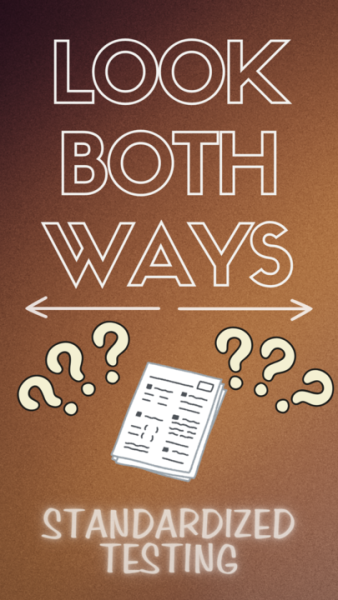New bar dress codes target minorities
October 26, 2007
Recently, a couple of DeKalb bars have opted to enforce a dress code, making some students, including myself, speculate whether or not there is a deeper motive to erase minorities from the local nightlife.
The dress code, which started earlier this month, banned all baggy clothing at Starbusters, 930 Pappas Drive.
Molly’s Eatery and Drinkery, 1022 W. Lincoln Highway, took it one step further. The pub banned hoodies, do-rags, hats and caps, all baggy clothes, jerseys, large chains, basketball shorts, sleeveless shirts, “bling” and warm-up pants.
Both Molly’s and Starbusters declined to comment for this column.
I’ve got to hand it to them. Both bars have found a way to discriminate against people of color in 2007.
There are plenty of minorities who have committed crimes, but that does not give an accurate depiction of an entire group of people. Nor does it give any establishment the right to attempt to ban certain subgroups.
It would be illegal to ban blacks and Hispanics from any public place, but excluding people who wear baggy clothing, large chains, and do-rags is fine.
Take a deeper look at the restrictions, such as do-rags, something worn primarily by blacks. Why would that be banned?
Obviously, all black and Hispanic students do not wear baggy clothing or “bling.” There are plenty of minorities who wear clothing brands such as Abercrombie and Fitch or American Eagle, but it is safe to say the majority do not.
It would appear as though both bars are attempting to ban, at the very least, certain types of minorities.
“It definitely seems like they are trying to ban certain types of people,” said freshman communication major Joseph Turzy.
The situation reminds me of a similar incident in Chicago a few years ago. Residents in the wealthy, predominantly white neighborhoods of the city banded together to remove all of the basketball courts in their neighborhoods.
The reason was to remove “unwanted behavior” in their parks.
My point is, to openly ban people of color is illegal in this day and age, but subtle actions like this one also get the job done.
Not everyone agrees with me.
“It is their bar, their establishment, and their rules,” said Van Amos, program coordinator for the Center for Black Studies. “They have the right to enforce their own rules.”
Greater screening of customers to “enforce the rules” would be more logical than typecasting.
Moreover, if the true reason behind this dress code is to keep bar patrons “safe,” then who’s to say that a person wearing baggy clothing and a do-rag is more of a threat than another customer wearing Hollister? Don’t all types of people commit crime?
Although I am only 19 and not old enough to drink, when I turn 21, I certainly know where I will not be going.
I’ll take my “bling” elsewhere.












